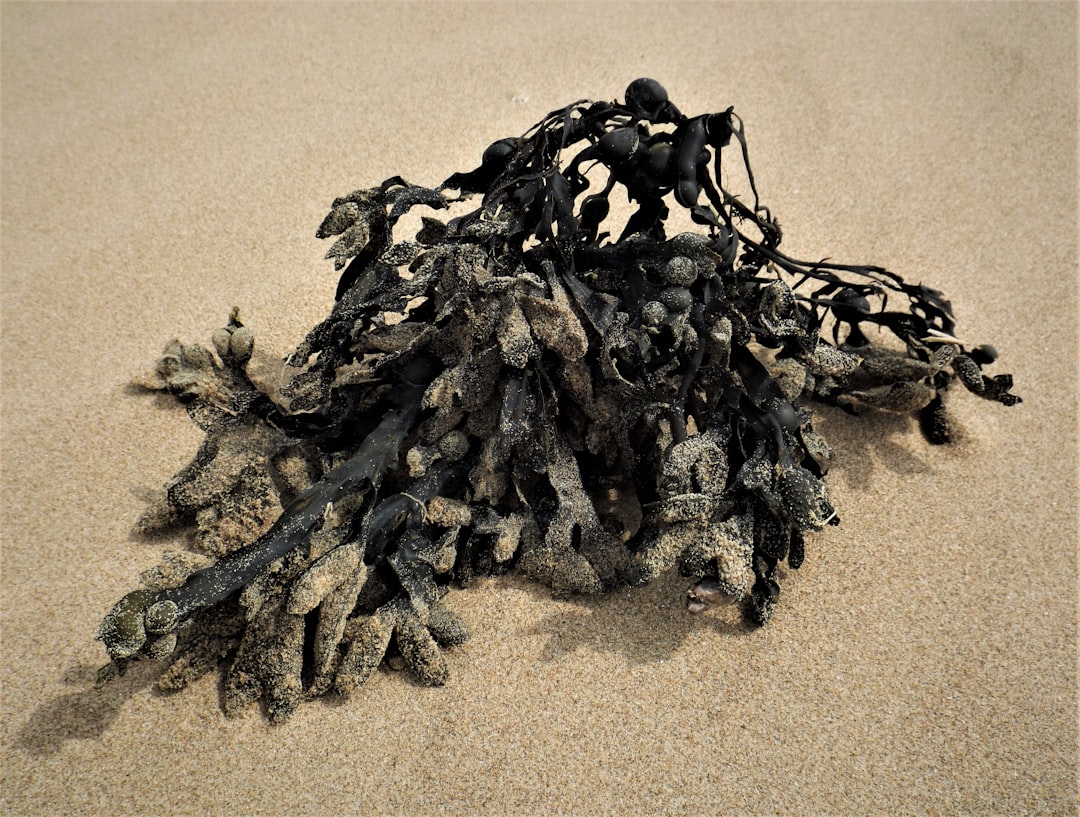What is it about?
The VAO/PCMH flavoprotein family consists of structurally homologous flavin-dependent enzymes that catalyze a wide range of chemical reactions. Family members share an architecture consisting of a conserved FAD-binding domain and a more variable substrate-binding domain, which enables varying interactions with a range of substrates while maintaining the same cofactor-binding fold. Here, we provide an overview of the current state of our knowledge on the members of the VAO/PCMH family. Based on a phylogenetic analysis, we divide the family into 11 subgroups. We discuss the properties of these subgroups, focusing on recent developments in terms of the discovery of new family members and mechanistic advances. We also highlight open questions that will provide challenges for future research.
Featured Image
Why is it important?
Oxidative flavoenzymes catalyse a wide range of industrially relevant chemical reactions. Understanding the evolutionary relationship and catalytic properties of these enzymes is important for the development of a bio-based economy.
Perspectives
Oxidoreductases have a bright future as industrial biocatalysts.
Professor Willem J.H. van Berkel
Wageningen University
Read the Original
This page is a summary of: The VAO/PCMH flavoprotein family, Archives of Biochemistry and Biophysics, October 2017, Elsevier,
DOI: 10.1016/j.abb.2017.06.022.
You can read the full text:
Contributors
The following have contributed to this page










